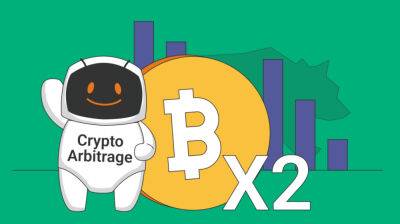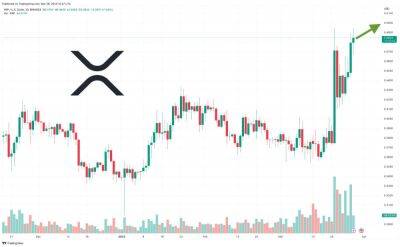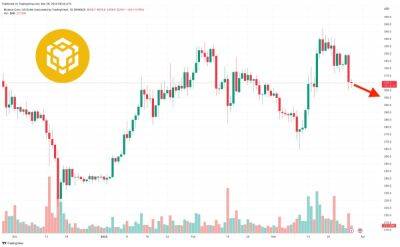Fed balance sheet adds $393B in two weeks — Will this send Bitcoin price to $40K?
As of March 22, the Fed's balance sheet surged by nearly $94.5 billion — a $297 billion increase from the last week when the banking crisis started.
Overall, the U.S. central bank's liabilities increased by $393 billion in the last two weeks to $8.734 trillion. That is closer to the all-time high of $8.95 trillion a year ago when the Fed started its quantitative tightening program and reduced its assets by $600 billion.
The Fed released the data on March 23, coinciding with Bitcoin (BTC) price rallying 5.5% toward $29,000. The rise occurred amid speculations that the Fed's expanding balance sheet results from quantitative easing (QE).
But the Fed did not use new dollar reserves to purchase long-term treasuries. Instead, the central bank dropped its U.S. Treasury holdings by $3.5 billion to $7.937 trillion, suggesting that quantitative tightening is still in place to curb inflation.
On the other hand, Fed's balance sheet grew because it dispatched short-term loans to the ailing banking sector.
Notably, as of March 22, the Fed slashed the usage of its "discount window," which helps commercial banks manage short-term liquidity needs, by $42 billion. Instead, it allocated the same $42 billion to its brand new Bank Term Funding Program (BTFP).
The other $60 billion went to the Fed's swaps facility that provides liquidity to offshore banks.
The Fed's tightening policy and lending facilities to regional and offshore banks risk drying up cash liquidity. This may boost the dollar's valuation versus other top foreign currencies, which, in turn, could push Bitcoin's price lower in the short term.
Interestingly, the U.S. dollar index has gained 1.5% since the Fed's balance sheet update.
The ongoing credit crisis may not have peaked despite
Read more on cointelegraph.com



![Synthetix Perps adds Arbitrum [ARB] as SNX sets up a show, more inside - ambcrypto.com](https://gocryptonft.com/storage/thumbs_400/img/2023/3/28/92271_ixkv.jpg)






